“The air is thick with culture” Musician Gregory Parker sets the scene for a new documentary called “Jazz Fest – a New Orleans Story.” The film chronicles the history of the famous New Orleans Jazz and Heritage Festival.
I was able to watch the film on a Delta flight from Cincinnati to Boston and learned a lot of new information about the festival. I have covered the event as a music photographer over the past decade.
Most of the film was shot during the 50th anniversary of Jazz Fest with interviews and live performances woven together with archival footage from the fest’s history. The 50th-anniversary festival took place in 2019 and featured 7000 musicians on 14 stages over 8 days. The film was shot in a nostalgic format that gave it a vintage feel.
Quint Davis, the festival CEO and producer, was interviewed and repeatedly spoke about how supportive Jimmy Buffett had been over the years of the festival. Davis credited Buffett with bringing more fans to the festival than anyone else over all the years. I knew Jimmy Buffett loved New Orleans but had no idea he played such an integral part in the event.
Earth Wind and Fire open the film with their high-energy 2019 performance. The band spoke about celebrating their own 50th anniversary as a band along with the festival.
The History of Jazz Fest
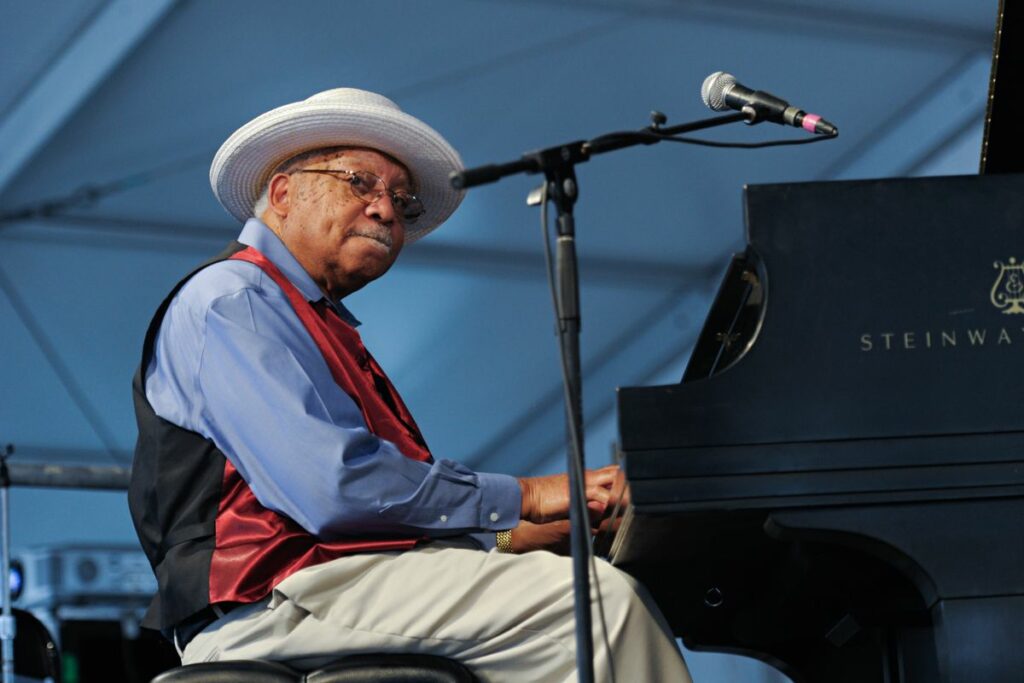
The movie flashes back to a time in 1962 when George Wein creator of the Newport Jazz Festival came to New Orleans to potentially start a new festival in the Crescent City.
When Ween arrived he realized he couldn’t do a festival because of Jim Crow laws. Black and white performers were not allowed on stage together. Wein (a white man) was married to an African American woman.
With the eradication of Jim Crow, he came back and was able to kick off the festival in New Orleans. The first year the festival featured all local New Orleans performers in 1970. The great jazz musician Ellis Marsalis was involved from the beginning and helped him find local artists like Mahalia Jackson and Professor Longhair to perform during the inaugural year. For Ellis, the festival became a family affair mentoring his four sons to be great jazz musicians along the way.
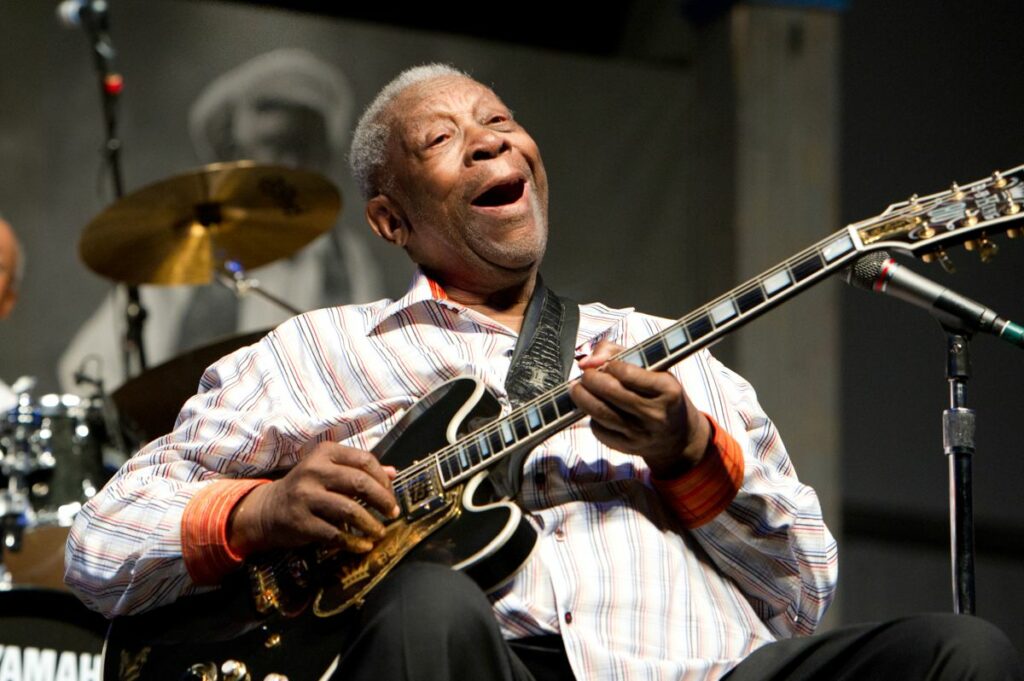
The movie takes the viewer on almost a virtual tour of the festival. It highlighed the areas of Blues, Jazz, Gospel, Zydeco, Soul, Pop, R&B and Rock music that can be heard at dedicated stages and tents throughout the festival grounds.
New Orleans Queen of Soul Irma Thomas was interviewed about her festival experiences. She has played at the festival every year since 1974. Preservation Hall Jazz Band was highlighted with its history in the community and performances at the festival. One of Pres Hall’s main purposes is protecting the community of music.
The Blues masters were brought to light with BB King who began playing the Jazz Fest in 1972. The Blues tent tradition still lives on with annual performances by greats like Sonny Landreth, Kenny Wayne Shepherd and Samantha Fish.
The film examines the cultural differences between Zydeco music and Cajun music and how they come together every year at the Fais Do-Do stage.
Ties to Mardi Gras are made throughout the film especially with Mardi Gras Indian traditions. The festival allows the tribes to showcase the suits on a grander scale for a much wider audience for people from all over the world to see the sewing and musical traditions of the Indians.
Gospel Traditions of Jazz Fest
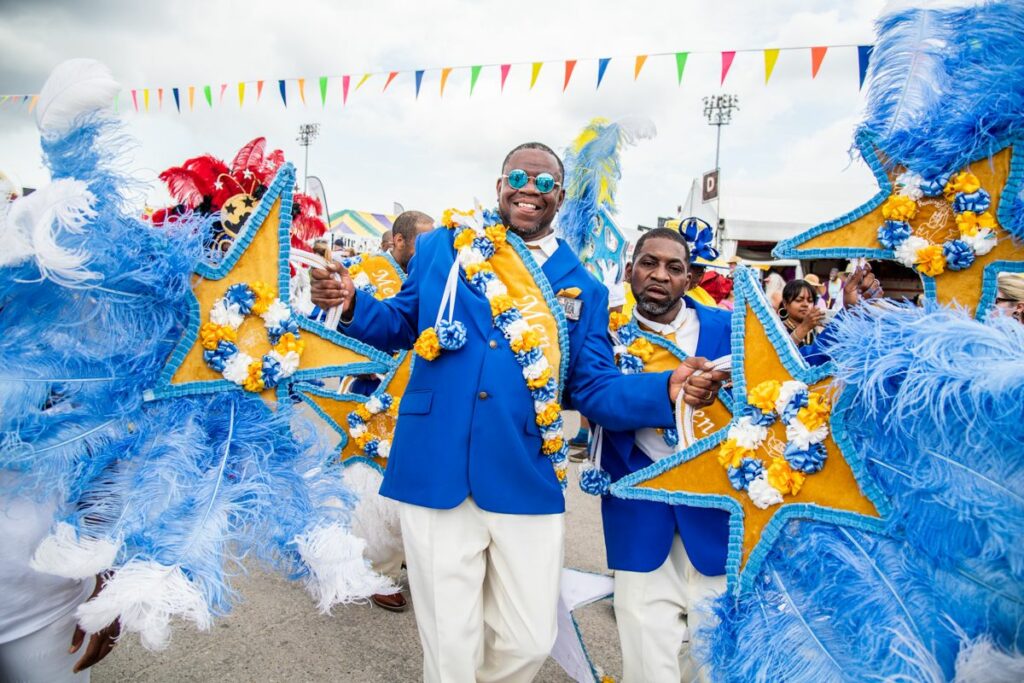
The Gospel tent was highlighted with many artists talking about how something magical always happens there. Each year over a thousand gospel singers perform throughout the two weekends.
Quint Davis, the longtime producer of the festival, notes how many people have been exposed to gospel music through the festival. Reverend Al Green even made his way back to the festival for the 50th-anniversary celebration.
The movie highlighted the tradition of Jazz funerals that take place in New Orleans. At the festival each year celebrate musicians that have been lost the past year.
These musical events help people forget their grief and sorrow and get their minds off what happened. They help brings the community back together. Visuals in the film show the funerals and colorfully painted tombstones at the festival highlighting legends who have passed on and who played a role in the festival.
Cultural Ties to New Orleans
The Cultural Pavilion stage is a popular stop for fans each year and one area that sets Jazz Fest apart from other festivals across the US. The stage brings performers from all over the world to the festival to share their musical traditions.
Davis talks about selecting artists each year to perform from countries that have a tie to the culture of New Orleans. This film highlights that music is a way to unite people from all different backgrounds and cultures.
Post-Katrina Jazz Fest
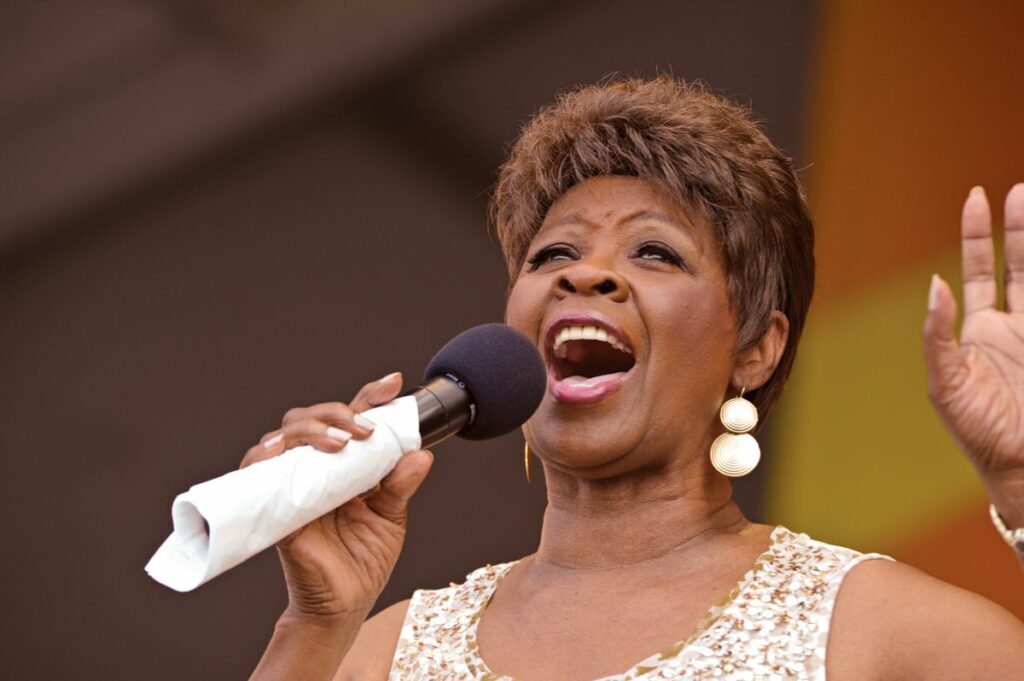
There are historical scenes from Hurricane Katrina and the devastated city of New Orleans that had to rebuild. The festival returned and the production team had no idea whether anyone would come out to see the music during such a tumultuous time.
But people that who love the city and love the festival showed up. Acts such as Jimmy Buffett, Dave Matthews, Paul Simon, Irma Thomas and many more artists all showed up to support the city. This special Jazz fest became the first indication New Orleans was still alive and kicking.
The most powerful part of the movie was seeing Bruce Springsteen perform “My City of Ruin” live during that post-Katrina fest. You could feel the emotion through the small screen as you saw his emotion and the tears in the crowd.
Modern Day Jazz Fest
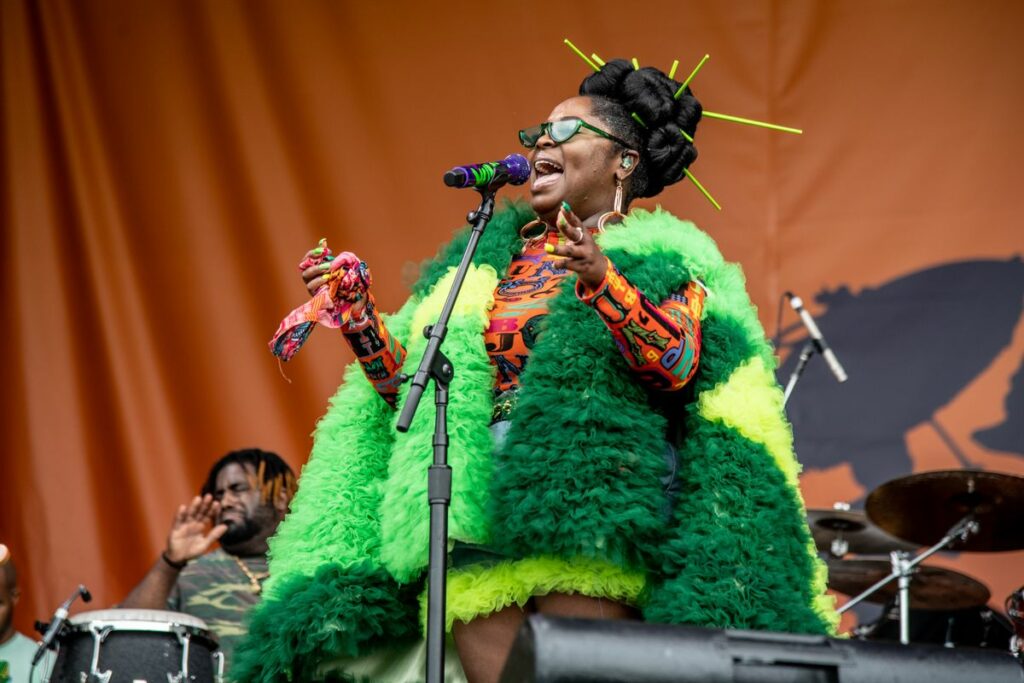
Just as the film took viewers on a historical journey over the past five decades it also came back to modern times with interviews and live performance footage of newer music and styles that are now featured at the festival.
In 2019, pop star Katy Perry took over the main stage with a custom-made one-off show set designed all in pink by a local New Orleans artist. It was one of the rare times when the stage was changed from the iconic Jazz Fest logo being on display at the back of the stage.
Perry delivered a show-stopping performance of a mashup with her hit “Firework” and “Oh Happy Day” with a New Orleans gospel choir. Moments like this are once in a lifetime that could only happy at the Jazz Fest.
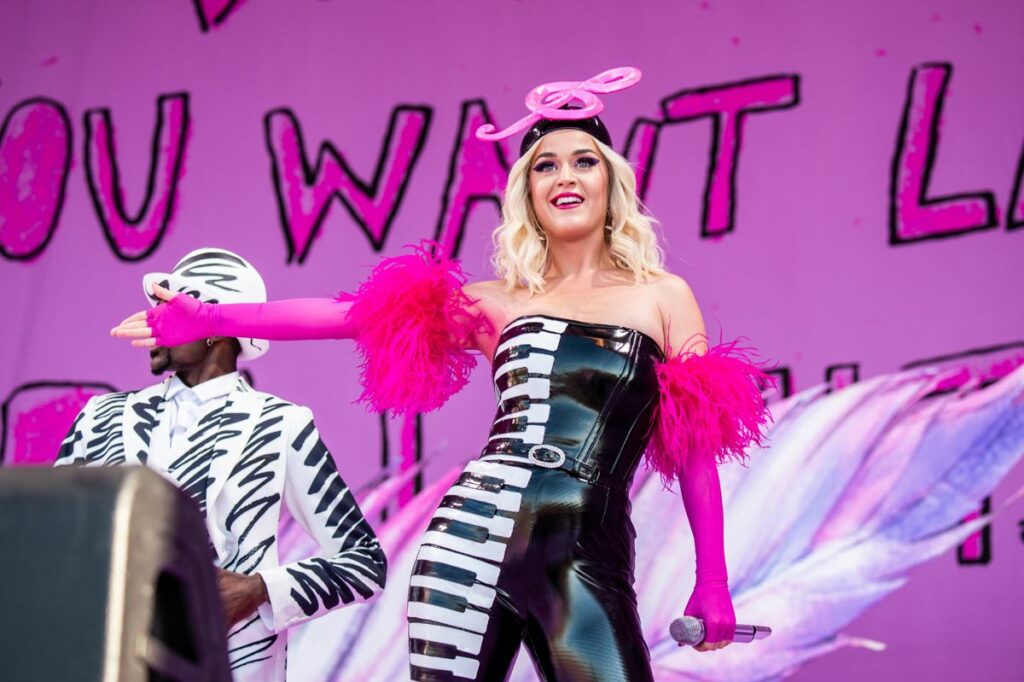
Other local New Orleans artists like Boyfriend, Tank and the Bangas, Big Freedia, and David Shaw of the Revivalists were interviewed and talked about what the festival has meant to them personally and their careers.
The Food of Jazz Fest Food
It is widely known that some people simply come to Jazz Fest to eat. The movie shows everything that the festival has to offer from Miss Loretta’s Pralines to Gumbo. Musicians in the film even raved about their favorites such as Big Freedia’s favorite bread pudding and Pitbull talked about his love of fried oysters at the festival.
For those who haven’t experienced the festival live this film makes you almost feel like you were there. No matter if you are coming to New Orleans Jazz and Heritage Festival for the music, the food, or the good vibes it’s an amazing experience where once-in-a-lifetime memories can be made with friends and family.
Fred LeBlanc, lead singer of Cowboy Mouth summed it up best when he said “Life is to be enjoyed and not endured and there is a lot of that in New Orleans.”

